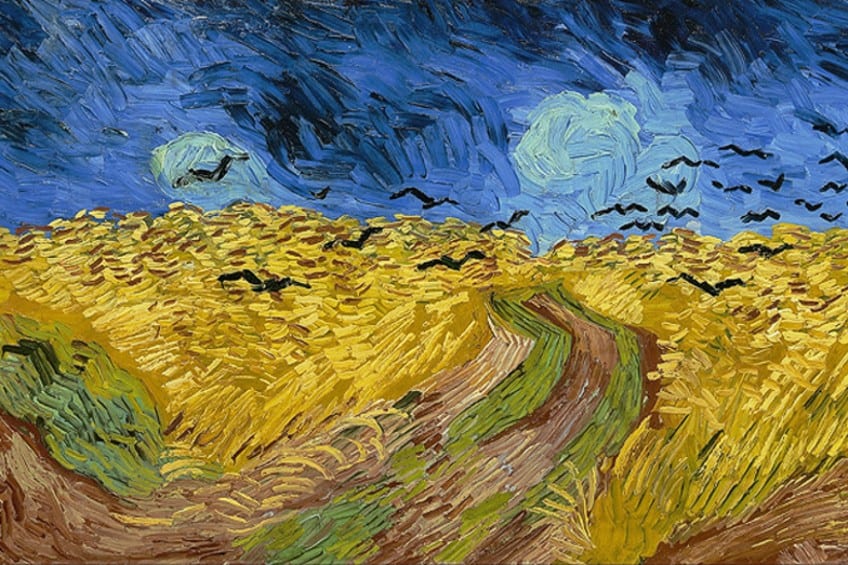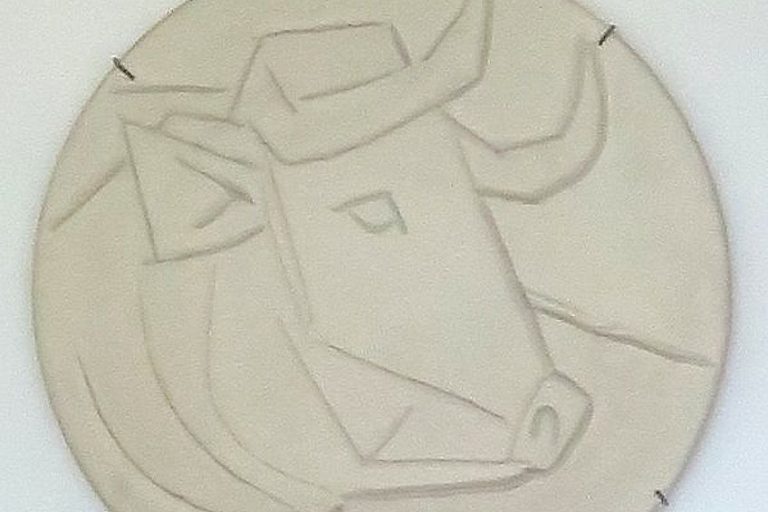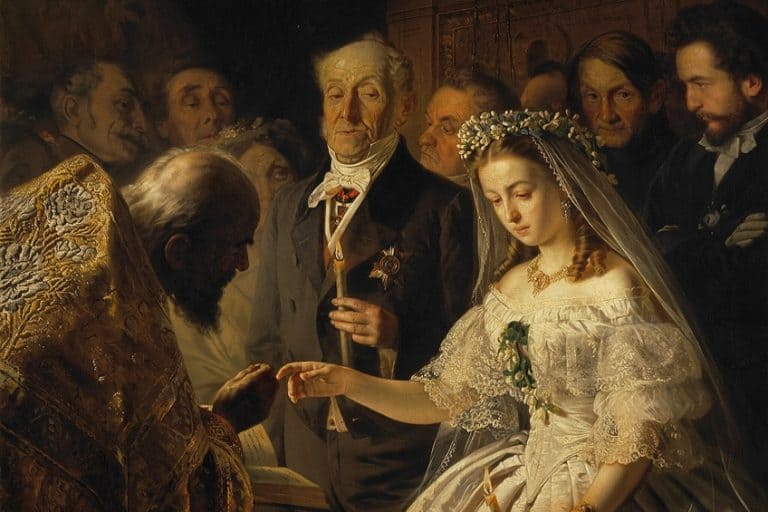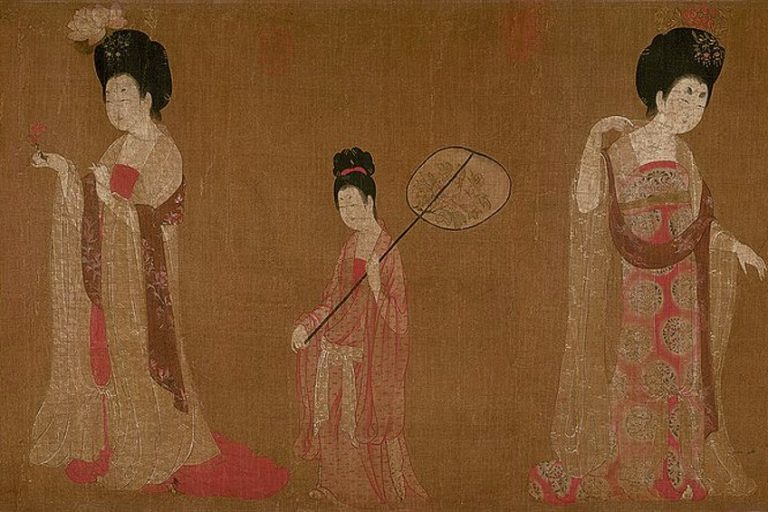“Wheatfield with Crows” by Vincent van Gogh – An Analysis
Vincent van Gogh has been described as the “Father of Modern Art” and created hundreds of paintings of places and people. This includes one of his final paintings, titled Wheatfield with Crows (1890), which is a beautiful yet emotional representation of his self-expression and inner world. This article will delve into this world by discussing the painting and its subject matter in more detail.
Artist Abstract: Who Was Vincent van Gogh?
The Post-Impressionist painter Vincent Willem van Gogh was born in Zundert in Brabant in the southern Netherlands. His date of birth was March 30, 1853, and his date of death (by suicide) was July 29, 1890. A significant amount of information about his life and circumstances came from his letters to family and friends, notably the extensive correspondence between him and his younger brother Theo van Gogh, who financially supported the struggling artist for many years.
Some of his well-known artworks include “The Potato Eaters” (1885), “The Starry Night” (1889), and “Irises” (1889).

Wheatfield with Crows (1890) by Vincent van Gogh in Context
In the Wheatfield with Crows analysis, you will read more about the events in Vincent van Gogh’s life when he painted it as well as a visual exploration of the artwork and the formal art elements composing it.
| Artist | Vincent Willem van Gogh |
| Date Painted | 1890 |
| Medium | Oil on canvas |
| Genre | Landscape painting |
| Period/Movement | Post-Impressionism |
| Dimensions (cm) | 50.5 x 103 |
| Series/Versions | Part of Vincent van Gogh’s Wheatfield paintings |
| Where Is It Housed? | Van Gogh Museum, Amsterdam, Netherlands |
| What It Is Worth | N/A |
Contextual Analysis: A Brief Socio-Historical Overview
When Vincent van Gogh painted Wheatfield with Crows, he was living in Auvers-sur-Oise, which is a town just outside of Paris. He reportedly moved there in May 1890 to be closer to his brother Theo van Gogh, who lived in Paris. Prior to this Van Gogh lived at the Saint-Paul asylum in Saint-Rémy in France, where he admitted himself due to mental breakdowns. In Auvers, Van Gogh also regularly consulted with his doctor Dr. Paul Gachet.
After visiting his brother in Paris, Van Gogh wrote to him about three canvases he was working on, explaining that they are “immense stretches of wheatfields under turbulent skies”.
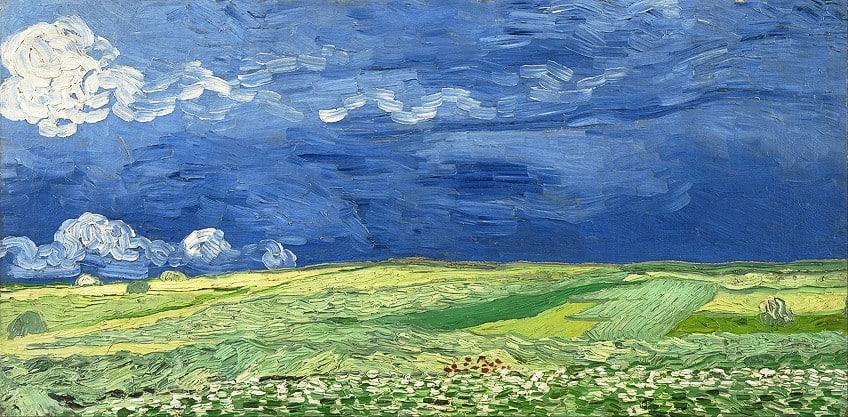
In these paintings, Van Gogh stated that he wanted to “express sadness, extreme loneliness” and that this was also to express what he could not say in words, what he considered “healthy and fortifying about the countryside”. Wheatfield with Crows was reportedly one of these paintings and conveys a sense of sadness and stormy sky, and the other two paintings were reportedly Wheatfield Under Thunderclouds (1890) and Daubigny’s Garden (1890).
Wheatfield with Crows Symbolism
It is important to note that the exact symbolic meaning of Wheatfield with Crows is uncertain and there are numerous interpretations by scholars around what the artist meant. Some ideas are deduced from Van Gogh’s letters and ideas around life and nature, and what it meant to him.
Some of the interpretations are rooted in the “foreboding” aspects of the paintings and others around the more joyful aspects it could potentially convey.

The Wheatfield with Crows painting was believed to symbolize Van Gogh’s last days of his life and the crows have been linked to symbolize the ideas of death and rebirth, according to some scholars, but others point to Van Gogh’s love of crows and their more inspirational presence in the artist’s life.
Formal Analysis: A Brief Compositional Overview
The formal analysis will discuss Wheatfield with Crows by Vincent van Gogh and what it consists of in terms of the subject matter and elements of art, which will include the colors and textures, which Van Gogh’s artworks are popular for, including lines, shapes, form, and space.

Subject Matter: Visual Description
The Wheatfield with Crows by Vincent van Gogh depicts the wheatfield landscape on a horizontally oriented canvas, otherwise also referred to as a double-square canvas. The landscape depicts the wheatfields in the foreground, or the lower two-thirds of the composition, and the sky in the background. In the direct foreground are three pathways appearing green and brown, possibly conveying the ground. It starts from the lower left corner, curving and leading into the center of the wheatfield, and appears to abruptly end just before the horizon line between the field and sky.
The central pathway could also possibly lead further into a path unknown to us, the viewers.
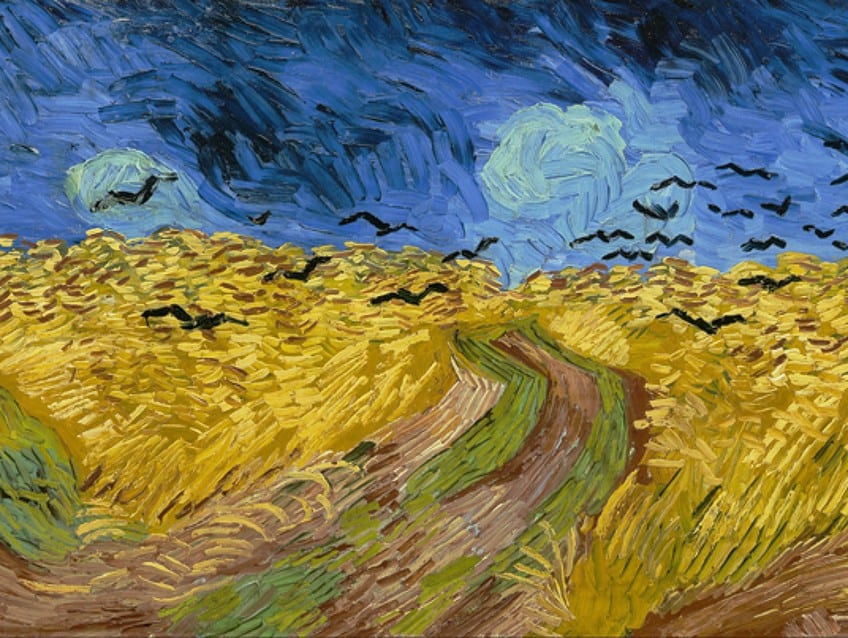
More of the pathway is visible in the lower right corner of the composition but is also cut off by the canvas, leaving the destination to and from the unknown. The sky composes the upper third of the composition and the background. It appears dark blue and black in color as if there is a storm looming. There are white rounded circular objects in the sky. These are possibly clouds. In the middle ground of the canvas is a murder of black crows, forming a curved formation as they fly. They could either be entering the scene from the upper right corner of the composition and making their way towards the left side or they could be coming from the left side and exiting the scene to the right.
Color
Wheatfield with Crows by Vincent van Gogh consists of blues, yellows, greens, reds, white, and black. The colors are combined and contrasted creating a visual display of emotion and expression. The primary colors dominate, the rich blues of the sky and the deeper yellow, almost mustardy gold, of the wheatfield.
Complementary colors are in the foreground, such as the greens and reds of the pathway.
Texture
The Wheatfield with Crows painting is composed of visible brushstrokes that are thickly applied, otherwise known as the impasto technique, which creates a tactile texture. Furthermore, the brushstrokes also create movement and rhythm, conveying direction, for example, notice the vertical linearity of the brushstrokes composing the pathway or the more diagonal and irregular strokes of the wheat, as if the wind is blowing through it.

Line
The brushstrokes in Wheatfield with Crows by Vincent van Gogh created a variety of visible lines, from vertical, horizontal, and diagonal. Additionally, the types of lines included are short, long, thick, thin, curved, curled, and straight.
The crows in the sky are delineated as zigzags and V-shaped lines.
Shape and Form
Wheatfield with Crows by Vincent van Gogh consists of lines that create the shapes and form of the composition. There appears to be a dominance of organic, natural, shapes and forms due to the exterior/natural landscape setting.

Additionally, Van Gogh delineated his forms in the Wheatfield painting by the textures and lines of his brushstrokes, for example, notice the circular shape of the clouds in the sky, which is created from curved brush strokes, or the “V” shape of some of the crows in the sky, created by diagonal lines and brushstrokes.
Space
Although Wheatfield with Crows by Vincent van Gogh appears more expressionistic with fluid and loose brushstrokes there is a sense of depth created by the sizing and scale of the subject matter, for example, Van Gogh depicted the crows diminished in size towards the background and larger in the foreground to convey a sense of spatial distance. Additionally, the pathway in this Wheatfield painting slightly narrows the further it extends into the background, which also depicts a sense of space, and it appears wider in the foreground.
Depth is also created through color and light and dark contrasts, for example, the wheat is lighter along the top and furthermore, the sky appears darker in some areas.
Van Gogh: Permission to Express
The Wheatfield with Crows analysis above explored one of Vincent van Gogh’s last paintings, which was created in the same month he died, July 1890. It looked at when the artist painted it with a closer visual description of the composition itself.
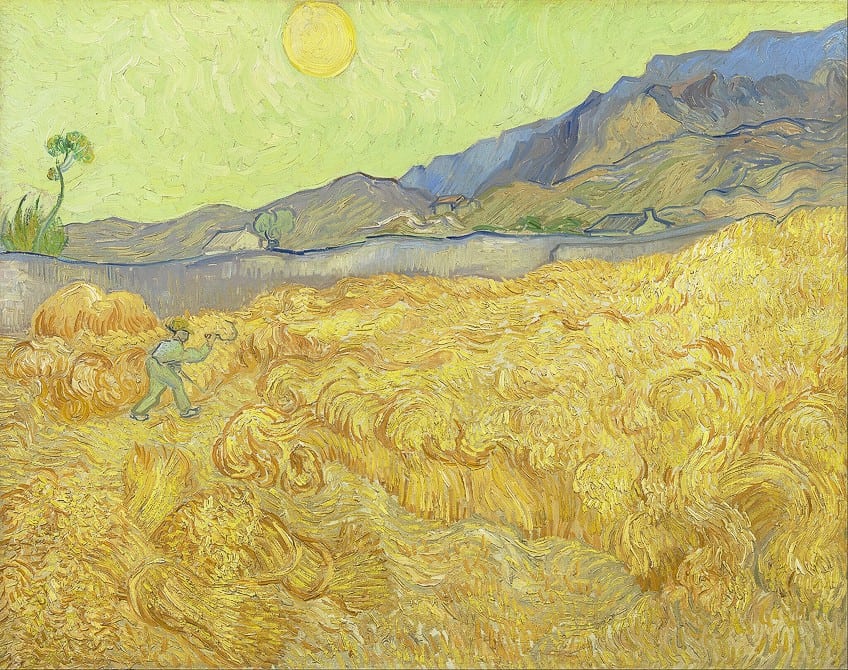
Although the Post-Impressionist artist left the world at the tender age of 37, Vincent van Gogh created timeless paintings. His techniques inspired artists in styles like Fauvism and Abstract Expressionism, and although he was not a famous or successful artist during his lifetime, he acquired immortality because he never strayed from expressing himself through his artworks.
Frequently Asked Questions
Who Painted Wheatfield with Crows?
The beloved Post-Impressionist artist, Vincent van Gogh, painted the oil on canvas titled Wheatfield with Crows (1890). It measures 50.5 x 103 and has been housed at the Van Gogh Museum in Amsterdam in the Netherlands since 1 July 1994.
When Did Vincent van Gogh Paint Wheatfield with Crows?
The oil on canvas titled Wheatfield with Crows by Vincent van Gogh was painted in July 1890, which was the last month of the Post-Impressionist’s life; he died on July 29, 1890. It was one of his last paintings, but reportedly not the final one, with the latter believed to be either Daubigny’s Garden (1890) or Tree Roots (1890).
What Art Style Is Wheatfield with Crows by Vincent van Gogh?
Vincent van Gogh was a Post-Impressionist painter who became famous for his utilization of bold colors and expressive brushstrokes with a variety of textures. His oil on canvas, Wheatfield with Crows (1890), depicts this style with short, choppy, and thick brushstrokes.
Alicia du Plessis is a multidisciplinary writer. She completed her Bachelor of Arts degree, majoring in Art History and Classical Civilization, as well as two Honors, namely, in Art History and Education and Development, at the University of KwaZulu-Natal, South Africa. For her main Honors project in Art History, she explored perceptions of the San Bushmen’s identity and the concept of the “Other”. She has also looked at the use of photography in art and how it has been used to portray people’s lives.
Alicia’s other areas of interest in Art History include the process of writing about Art History and how to analyze paintings. Some of her favorite art movements include Impressionism and German Expressionism. She is yet to complete her Masters in Art History (she would like to do this abroad in Europe) having given it some time to first develop more professional experience with the interest to one day lecture it too.
Alicia has been working for artincontext.com since 2021 as an author and art history expert. She has specialized in painting analysis and is covering most of our painting analysis.
Learn more about Alicia du Plessis and the Art in Context Team.
Cite this Article
Alicia, du Plessis, ““Wheatfield with Crows” by Vincent van Gogh – An Analysis.” Art in Context. May 31, 2023. URL: https://artincontext.org/wheatfield-with-crows-by-vincent-van-gogh/
du Plessis, A. (2023, 31 May). “Wheatfield with Crows” by Vincent van Gogh – An Analysis. Art in Context. https://artincontext.org/wheatfield-with-crows-by-vincent-van-gogh/
du Plessis, Alicia. ““Wheatfield with Crows” by Vincent van Gogh – An Analysis.” Art in Context, May 31, 2023. https://artincontext.org/wheatfield-with-crows-by-vincent-van-gogh/.


